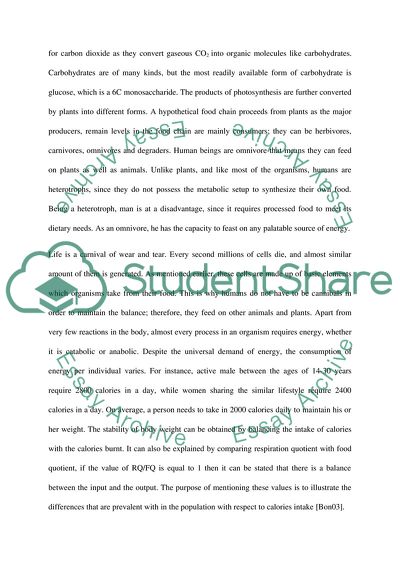Cite this document
(Nutrition, Lifestyle and Culture Term Paper Example | Topics and Well Written Essays - 3250 words, n.d.)
Nutrition, Lifestyle and Culture Term Paper Example | Topics and Well Written Essays - 3250 words. Retrieved from https://studentshare.org/health-sciences-medicine/1836385-nutrition-lifestyle-and-culture
Nutrition, Lifestyle and Culture Term Paper Example | Topics and Well Written Essays - 3250 words. Retrieved from https://studentshare.org/health-sciences-medicine/1836385-nutrition-lifestyle-and-culture
(Nutrition, Lifestyle and Culture Term Paper Example | Topics and Well Written Essays - 3250 Words)
Nutrition, Lifestyle and Culture Term Paper Example | Topics and Well Written Essays - 3250 Words. https://studentshare.org/health-sciences-medicine/1836385-nutrition-lifestyle-and-culture.
Nutrition, Lifestyle and Culture Term Paper Example | Topics and Well Written Essays - 3250 Words. https://studentshare.org/health-sciences-medicine/1836385-nutrition-lifestyle-and-culture.
“Nutrition, Lifestyle and Culture Term Paper Example | Topics and Well Written Essays - 3250 Words”, n.d. https://studentshare.org/health-sciences-medicine/1836385-nutrition-lifestyle-and-culture.


